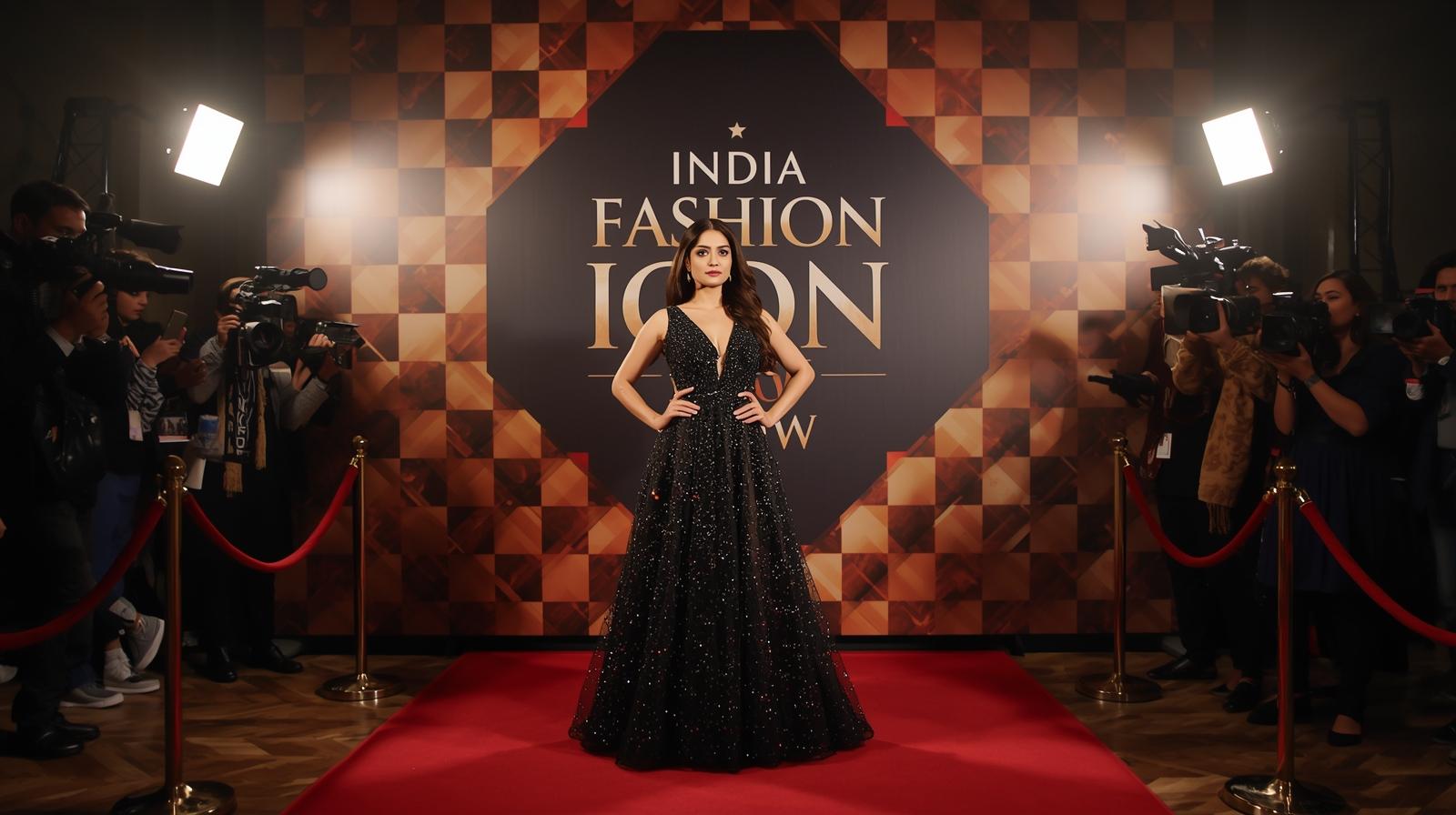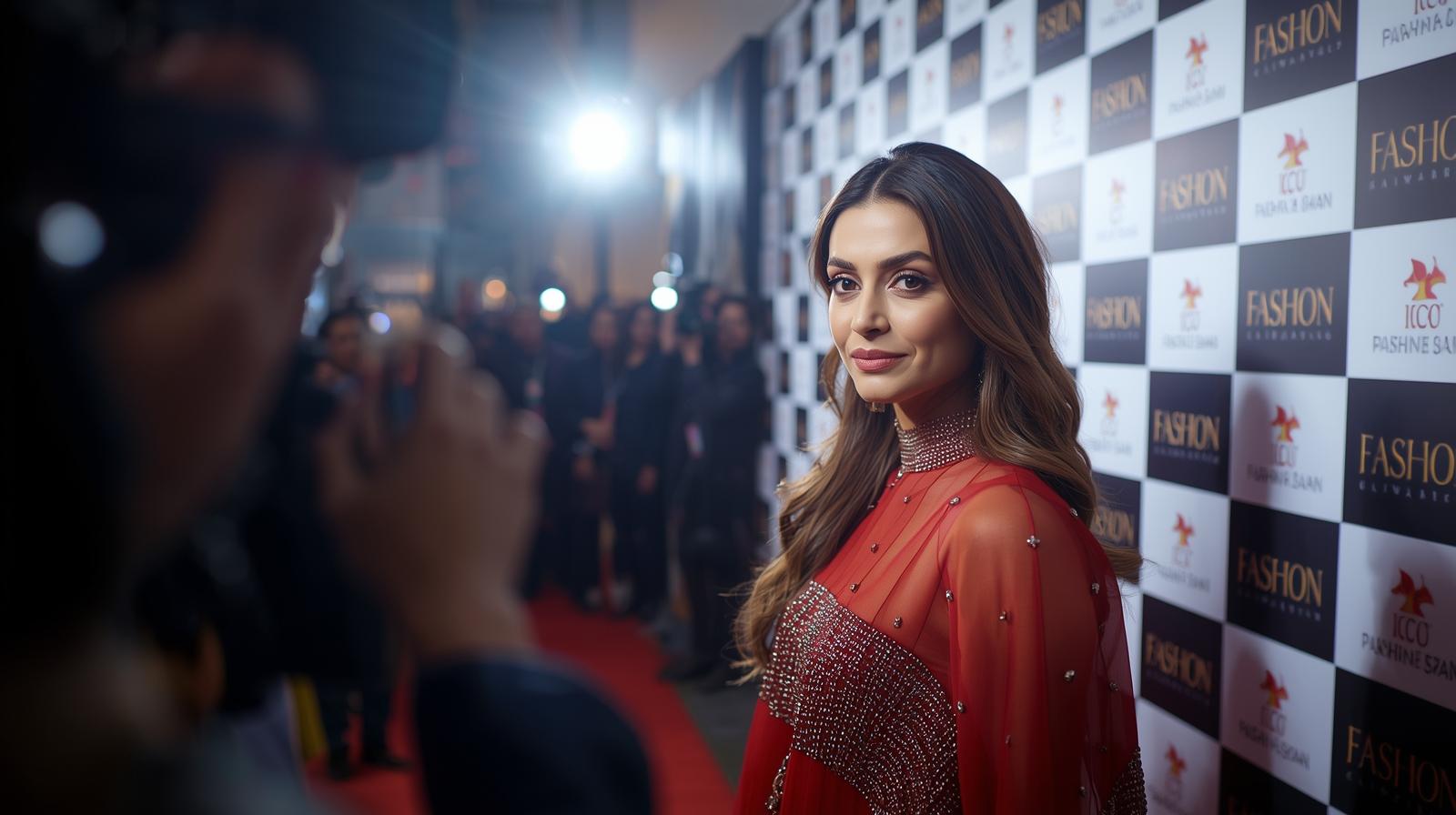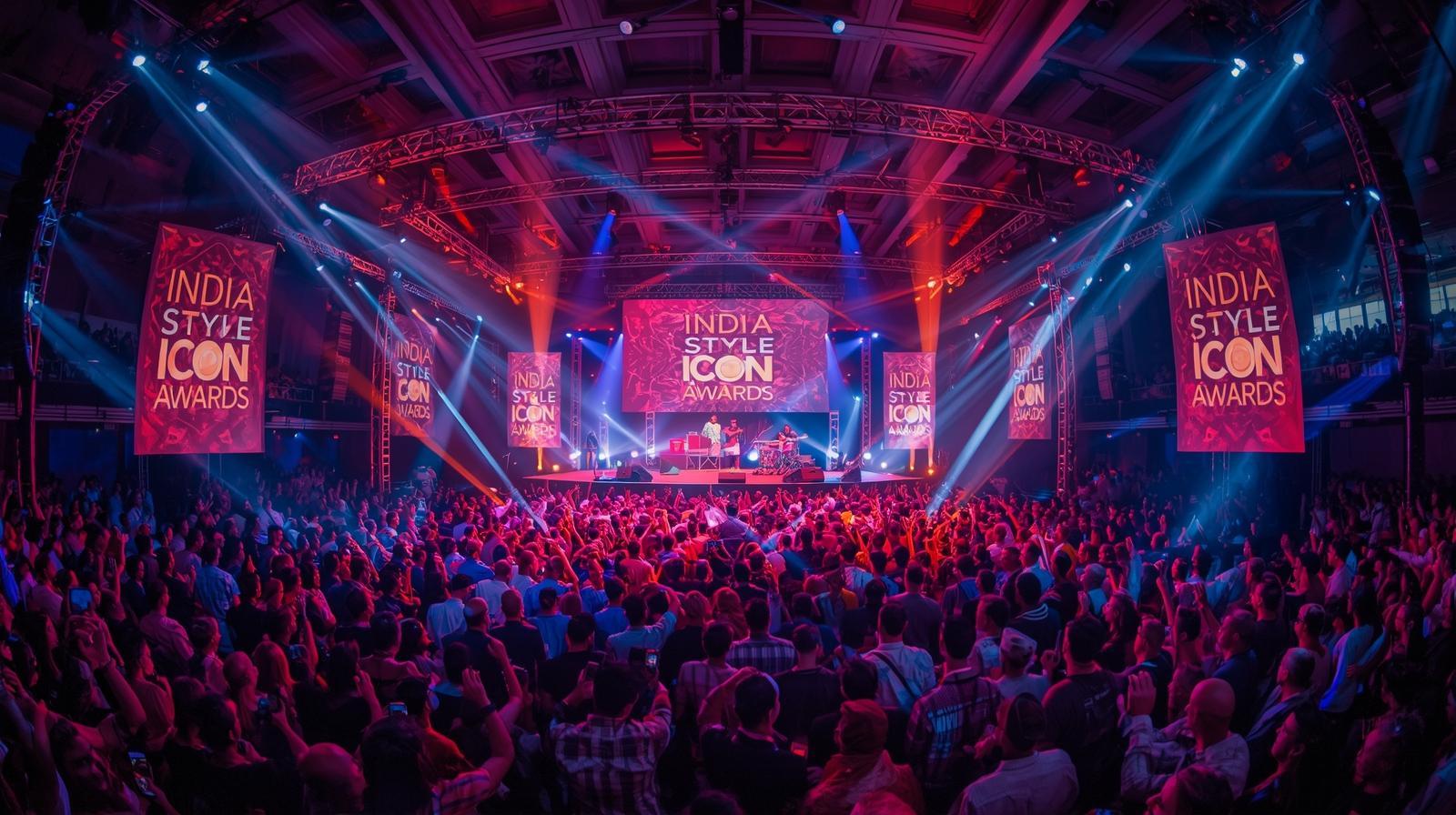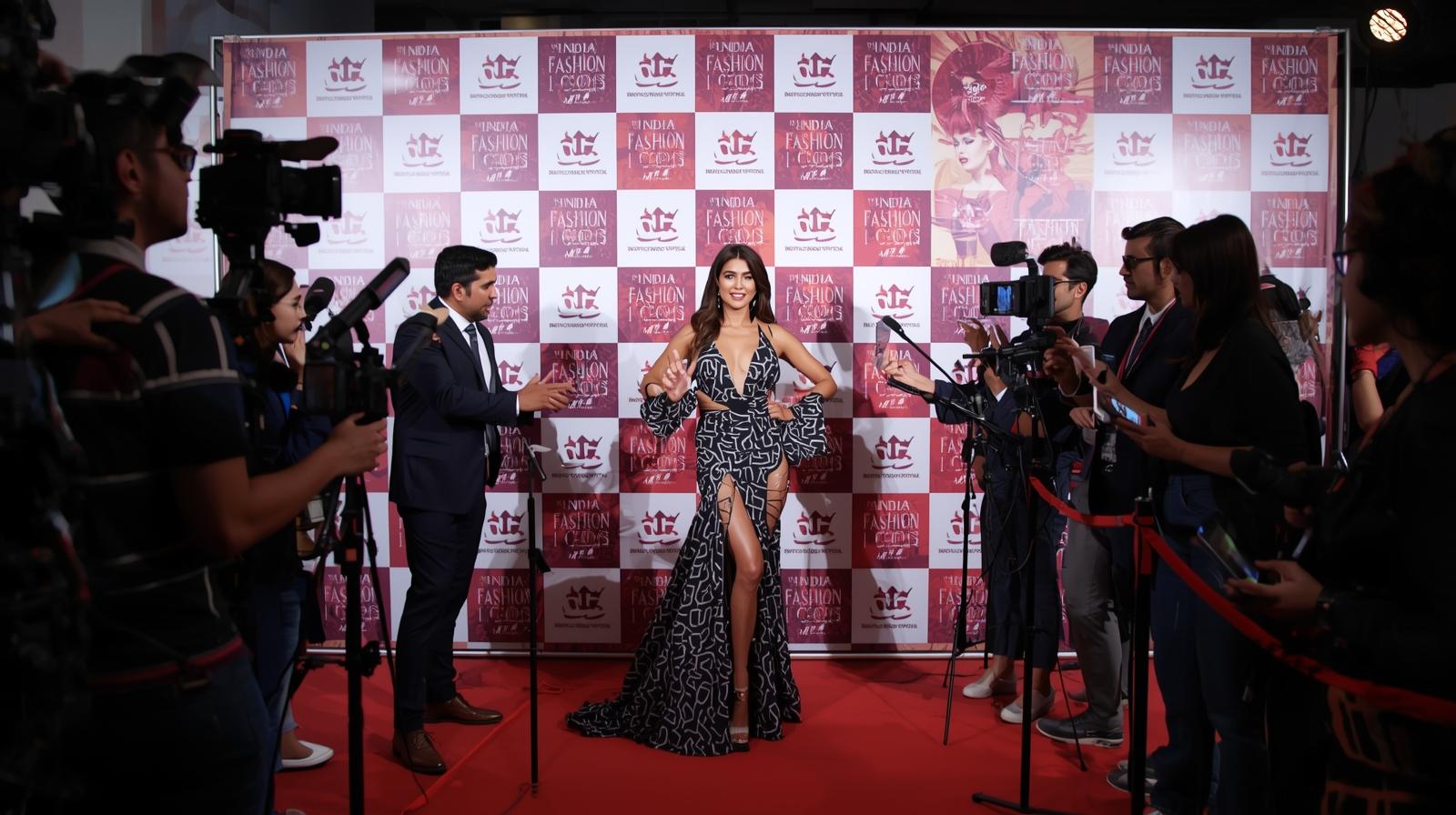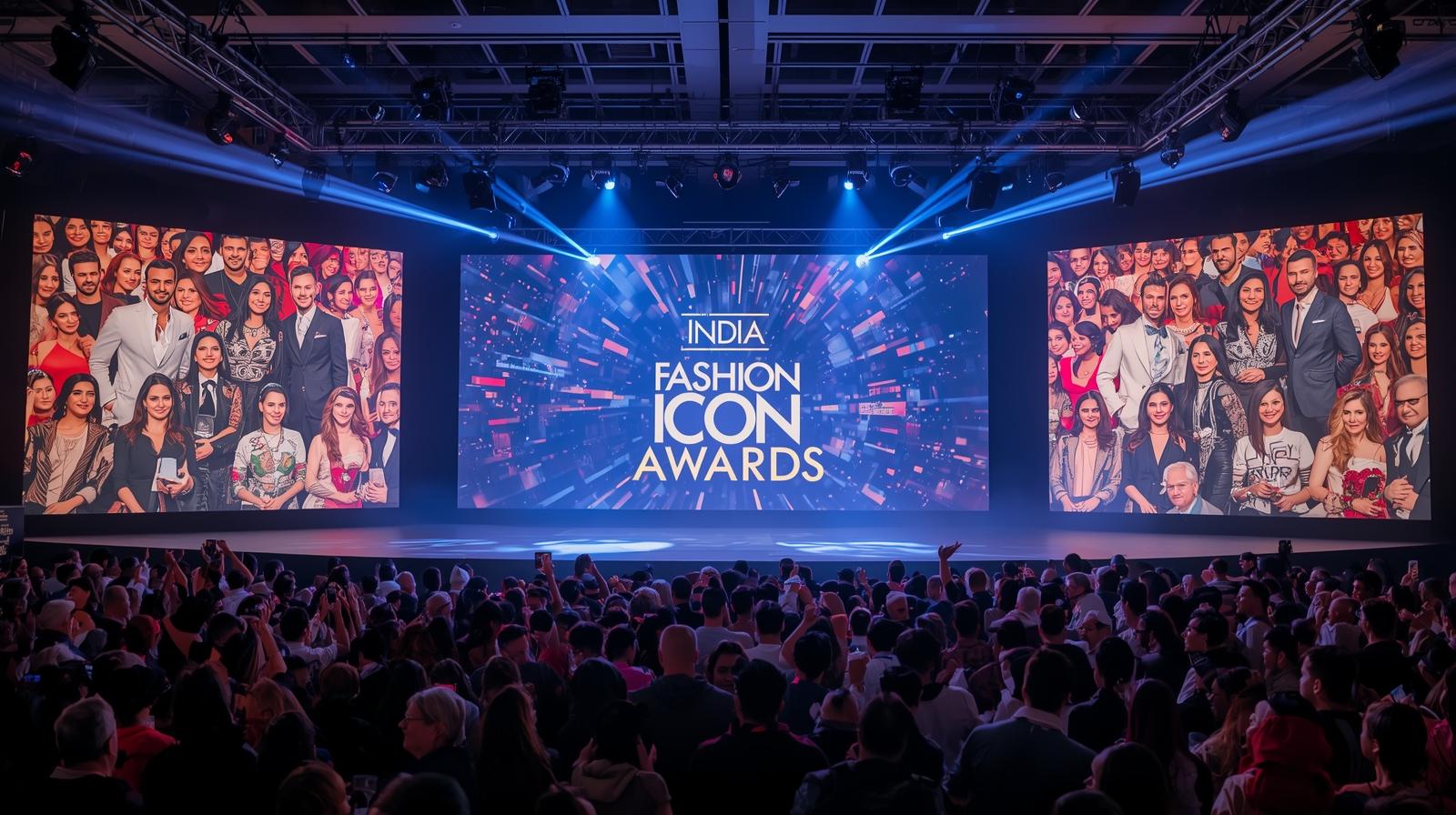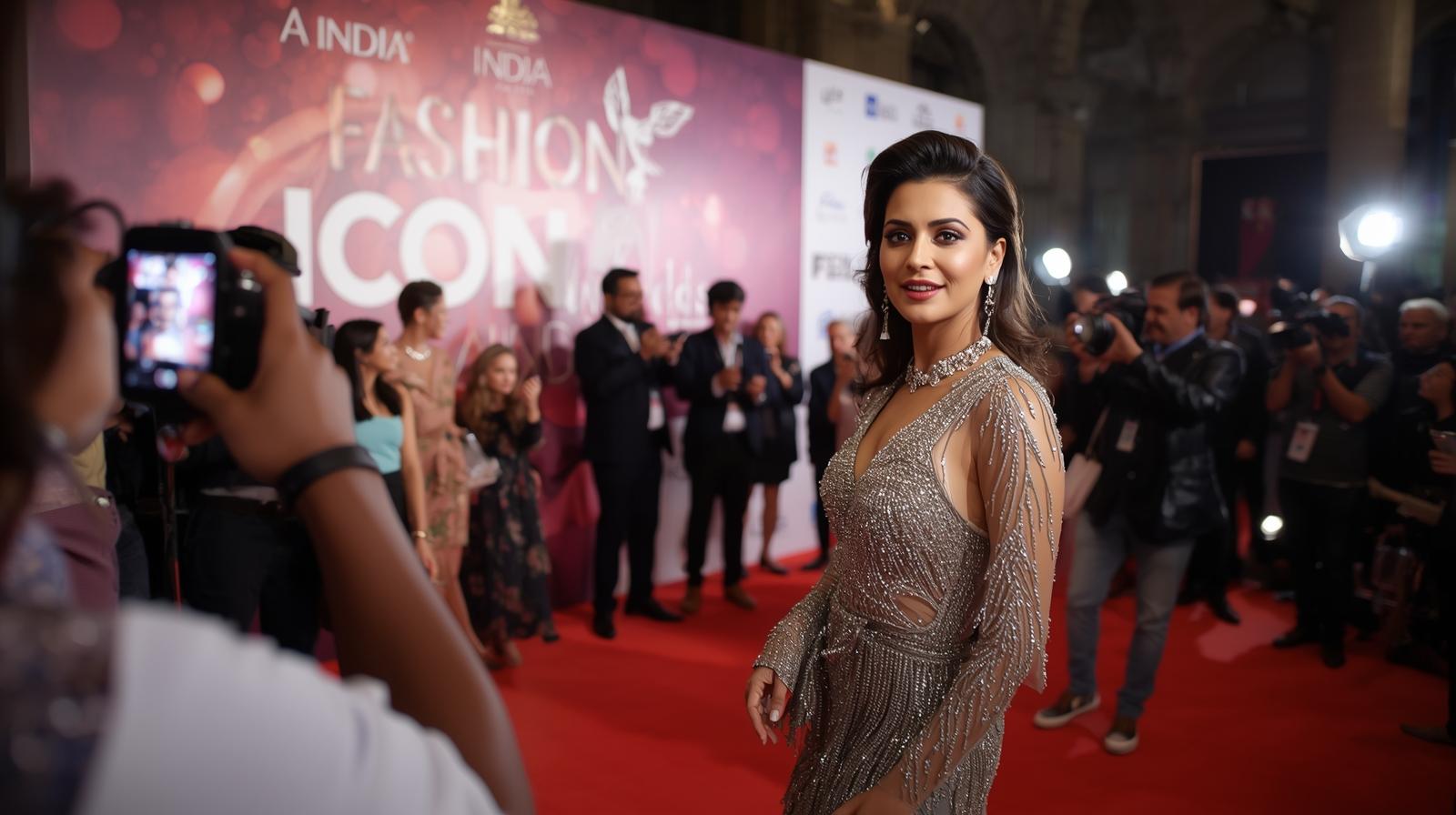The global fashion, beauty, and lifestyle industries have long been fueled by an obsession with youth. But while marketing campaigns glorify teenage bodies, consumer demographics often tell a very different story.
Across cultures, attitudes towards ageing vary dramatically. In many Eastern societies such as India, China, and Korea, age is respected and elders are revered, while in much of the West, ageing is often met with denial or disdain. Nowhere is this cultural contrast more visible than in the fashion industry.
In Western fashion capitals, runways are dominated by slender adolescents with angular frames—even though the clothes they model are bought primarily by mature adults. The result is a dissonance: what looks chic on a 19-year-old can look misplaced on a 45-year-old, reinforcing derogatory tropes such as “mutton dressed as lamb.”
This fetishisation of youth highlights how Western fashion idolises the young while ignoring the reality of its core buyers—consumers with spending power who are often middle-aged. The dilemma for these consumers lies in finding trendy yet age-appropriate clothing that aligns with their identity.
India’s Different Lens
India, however, tells a more nuanced story. With an average population age of just 29, the country is statistically young. Yet Indian fashion reflects deep cultural mores rather than purely youth-driven aesthetics. Research suggests that many young Indians remain conservative, respect parental influence, and often opt for traditional marriage and lifestyle choices.
This is evident in fashion retail: large Indian brands and couture houses often skew towards mature buyers, with young consumers still caught between traditional attire and global fast fashion. While bridalwear—with its lehengas, sarees, and salwar-kameez sets—dominates the youth market, the design vocabulary of young, everyday fashion remains underdeveloped.
The Takeaway
As the West continues to chase fleeting ideals of youth, Indian fashion demonstrates a balance—honoring tradition, maturity, and cultural continuity. But as India’s young population grows more aspirational and globalised, the question remains: will Indian fashion evolve to carve out a stronger, independent design language for its youth, or will tradition continue to define style for the generations to come?

 info@indiafashionicon.com
info@indiafashionicon.com
